Descripción
Introducción
Las sondas de corrosión por resistencia eléctrica se pueden utilizar en muchas industrias. Las sondas ER, por ejemplo, se utilizan en la industria del petróleo y el gas para comprobar la corrosión de las tuberías. Dada la naturaleza corrosiva de muchos productos de petróleo y gas, comprender las tasas de corrosión puede ser fundamental para prevenir fugas y mantener la integridad de la infraestructura.
Hay dos tipos de sondas de corrosión de resistencia eléctrica (ER) que se utilizan en el control de la corrosión: sondas tubulares y sondas planas.
Las sondas tubulares están hechas de tubos pequeños y delgados utilizando material obtenido directamente del sitio. Estas sondas son muy sensibles y precisas, lo que las hace perfectas para entornos donde la presión no supera los 50 MPa.
The ER probe is a key tool in monitoring corrosion. It’s a unique device that tracks how fast corrosion is happening in a specific system.
Here’s how it works: As metal corrodes, it gets thinner. This thinning increases the electrical resistance of the metal. So, by measuring the change in electrical resistance, we can determine the rate of corrosion. This method gives us a measurable way to keep an eye on and control corrosion in various industrial settings.
Parameters of the ER Corrosion Probes
| Nombre | EMT-CP ER Corrosion Probe |
| Material | Stainless Steel 316、304、L DUPLEX SS |
| Temperatura de funcionamiento | -20~200℃ |
| Características | Easy to Operate |
| High Accuracy and Long Life | |
| High Efficiency Low cost | |
| Pago | TT/LC |
| Ventajas | Lightweight and flexible. |
| Nice injection efficiency | |
| Accurate location tracking |
Ventajas de las sondas ER
Las sondas ER tienen una característica destacada: pueden rastrear cambios en la resistencia eléctrica a lo largo del tiempo, lo que nos brinda una imagen continua de la tasa de corrosión. Al estar atentos a estos cambios, los trabajadores pueden comprender qué tan grave es la corrosión dentro de un sistema. La información recopilada puede ayudar a decidir qué mantenimiento se necesita, qué tan bien están funcionando los inhibidores de corrosión o si es momento de actualizar o reemplazar el sistema.
Pero hay más. Las sondas ER ofrecen la ventaja de un monitoreo continuo y en tiempo real de las tasas de corrosión. Esto significa que los trabajadores pueden obtener datos actualizados, lo que les permite reaccionar rápidamente ante situaciones como un aumento repentino de la corrosión. Tener esta información en tiempo real es crucial para prevenir fallas graves, reducir el tiempo de inactividad y hacer que los programas de mantenimiento sean más efectivos.
La instalación de las sondas de corrosión de resistencia eléctrica.
La instalación de una sonda de corrosión comienza con la elección de la sonda adecuada según las necesidades de su sistema y el tipo de corrosión que desea rastrear. A continuación, seleccione un sitio que sea un buen representante de todo el sistema y donde sea probable que se produzca corrosión. Luego se prepara este sitio, lo que podría significar perforar un agujero para un sistema de tuberías o preparar un sitio de montaje para un tanque o recipiente. Luego se monta el soporte de la sonda, que está diseñado para mantener la sonda estable y normalmente tiene un sello para evitar fugas. Después de eso, coloca la sonda en el soporte, asegurándose de que esté segura y en su posición. Luego, la sonda se conecta al sistema de monitoreo, lo que puede implicar configurar cables o, en el caso de sondas inalámbricas, asegurarse de que esté conectada correctamente al sistema. Antes de que la sonda pueda dar lecturas precisas, es necesario calibrarla comparando sus lecturas con un estándar conocido y realizando los ajustes necesarios. Después de la instalación y calibración, verifique si hay fugas alrededor del soporte de la sonda y asegúrese de que la sonda esté dando lecturas al sistema de monitoreo. Una vez que todo esté configurado y verificado, puede comenzar a monitorear la corrosión.
Técnica de resistencia eléctrica
La técnica de resistencia eléctrica mide la rapidez con la que se produce la corrosión mediante el seguimiento de los cambios en la resistencia eléctrica de una sonda metálica. Cuando el metal se corroe, se vuelve más delgado y esto hace que su resistencia eléctrica aumente. Al medir este cambio, podemos calcular la velocidad de corrosión.
Esta técnica se basa en la ley de Ohm. Esta ley dice que la resistencia de un material a la electricidad (R) está directamente relacionada con su longitud (L) pero inversamente relacionada con su área de sección transversal (A). Entonces, a medida que el metal se corroe y su área transversal efectiva se reduce, su resistencia a la electricidad aumenta.
Aplicaciones de las sondas de corrosión de resistencia eléctrica
Las sondas de corrosión por resistencia eléctrica se pueden utilizar en muchas industrias. Las sondas ER, por ejemplo, se utilizan en la industria del petróleo y el gas para comprobar la corrosión de las tuberías. Dada la naturaleza corrosiva de muchos productos de petróleo y gas, comprender las tasas de corrosión puede ser fundamental para prevenir fugas y mantener la integridad de la infraestructura.
En el sector del tratamiento de agua, las sondas ER desempeñan un papel fundamental a la hora de comprobar el grado de corrosividad del agua. Esto ayuda a alargar la vida útil de las tuberías y bombas y mantiene alta la calidad del agua. Es como un chequeo de salud de su sistema de agua.
Mientras tanto, en el mundo del procesamiento químico, las sondas ER cumplen una función similar. Se utilizan para controlar la corrosión en reactores, tanques de almacenamiento y tuberías. Dado que muchos productos químicos utilizados en estos procesos pueden provocar corrosión, las sondas proporcionan información crucial para que todo funcione de forma segura y sin problemas. Es como tener un perro guardián de la seguridad de sus sistemas químicos.
Nuestro servicio
1. Existen muchos tipos de inyecciones de productos químicos, con diferentes tipos para cumplir con diferentes requisitos.
2. ¡La respuesta más rápida!
3. Además, el tiempo de entrega más rápido.
4. 24 horas, 7 días en línea
Utilizamos como embalaje una caja de madera contrachapada, que tiene las siguientes ventajas:
1. Líneas ligeras, claras, aislamiento, alta resistencia, no fáciles de deformar;
2. Entonces no se requiere fumigación.
Conclusión
Las sondas de corrosión de resistencia eléctrica (ER), como la sonda de corrosión ER EMT-CP, son herramientas vitales para monitorear las tasas de corrosión en diversas industrias, incluido el sector de petróleo y gas, tratamiento de agua y procesamiento químico. Estas sondas funcionan rastreando los cambios en la resistencia eléctrica de un metal a medida que se corroe y adelgaza, proporcionando una imagen clara de la velocidad de corrosión. Hay dos tipos de sondas ER: tubulares y planas. Ofrecen monitoreo continuo y en tiempo real, lo que permite una respuesta rápida a los cambios y una planificación de mantenimiento eficaz.
La instalación de estas sondas implica seleccionar una sonda adecuada según las necesidades del sistema, preparar y elegir el sitio de instalación, instalar y asegurar la sonda en su soporte, conectarla al sistema de monitoreo, calibrarla para su precisión y verificar si hay fugas o problemas antes. iniciando el seguimiento.
La sonda de corrosión EMT-CP ER destaca por su alta precisión, larga vida útil, eficiencia y bajo costo. Está hecho de acero inoxidable duradero y puede funcionar a temperaturas que oscilan entre -20 y 200 °C. El producto también es liviano y flexible, ofrece un seguimiento de ubicación preciso y es fácil de operar.
Nuestro servicio ofrece una variedad de inyecciones de productos químicos, comentarios rápidos, entrega rápida y soporte en línea las 24 horas, los 7 días de la semana. El embalaje utilizado es una caja de madera contrachapada, ligera, aislante, de alta resistencia, que no se deforma fácilmente y no requiere fumigación.

 English
English العربية
العربية Deutsch
Deutsch Bahasa Indonesia
Bahasa Indonesia Português
Português Русский
Русский Español
Español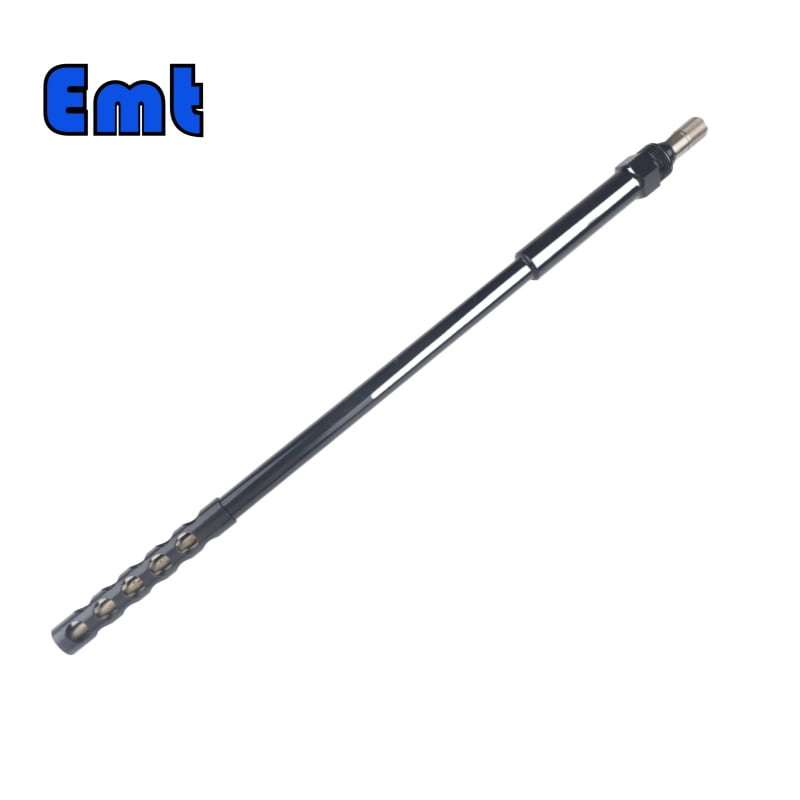
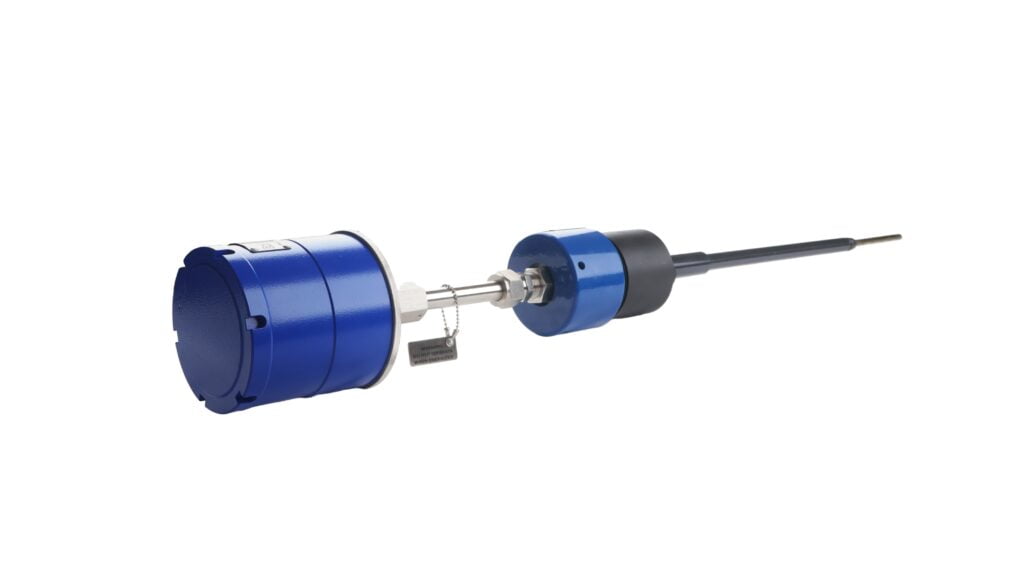
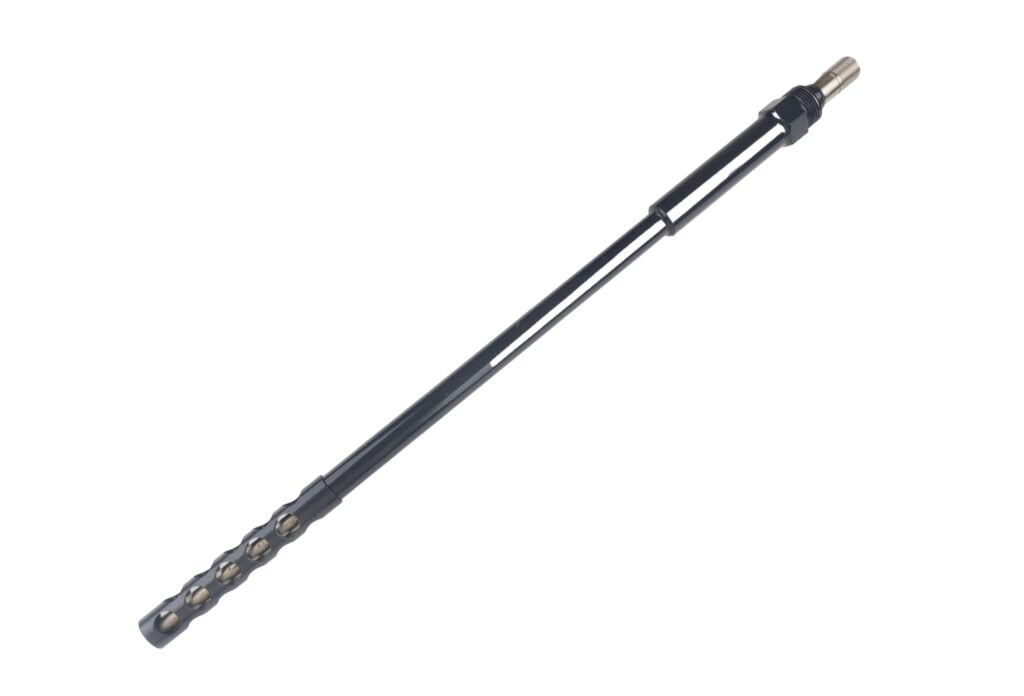
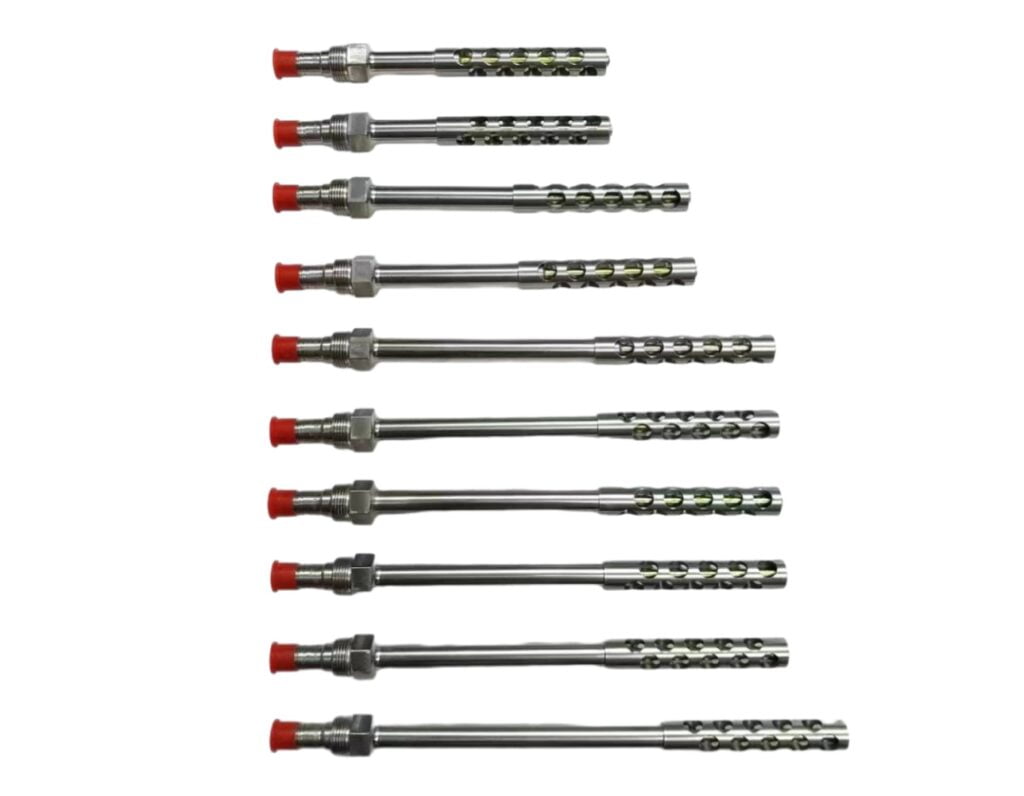
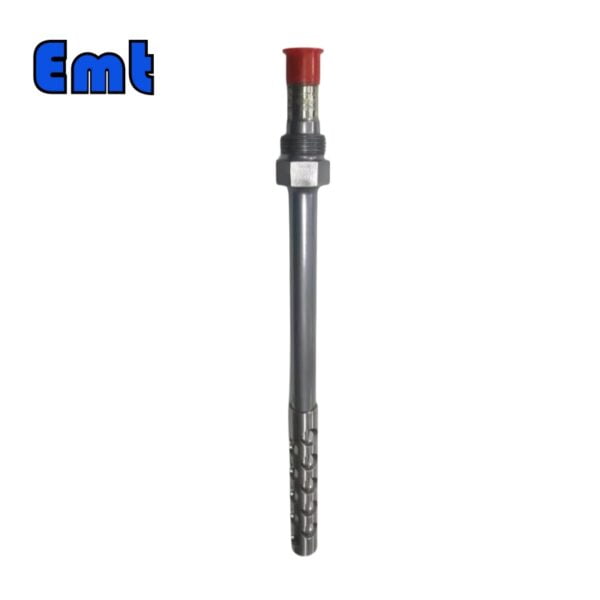
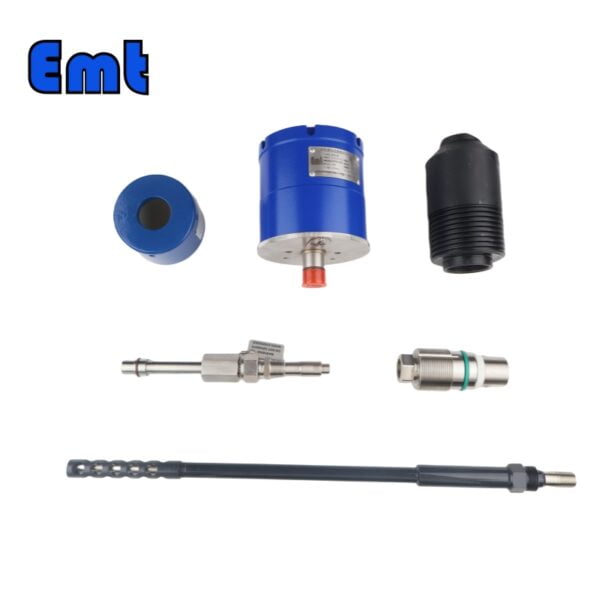
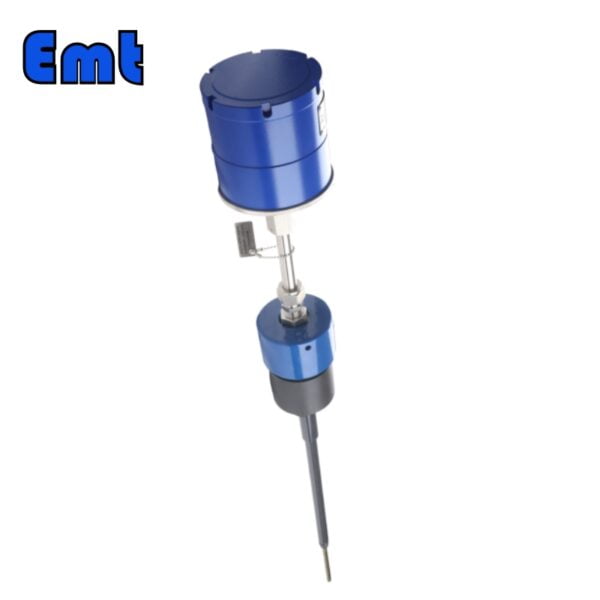
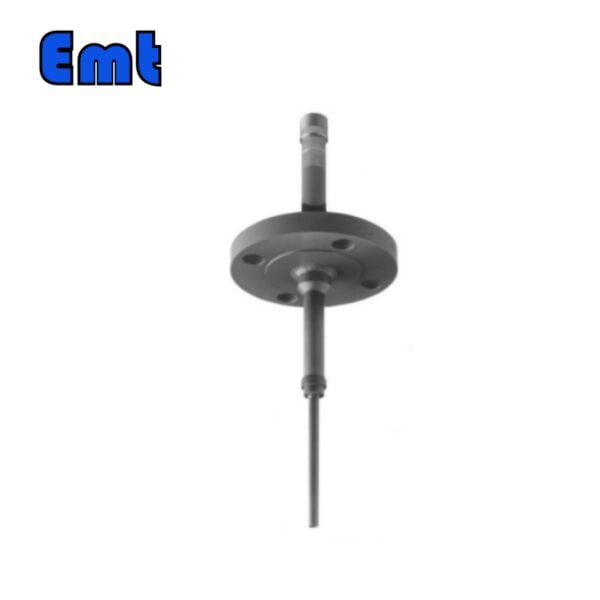
Reseñas
Aún no hay reseñas.